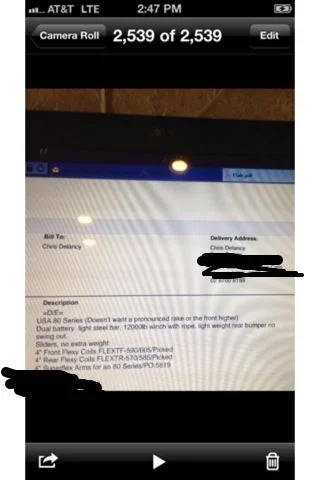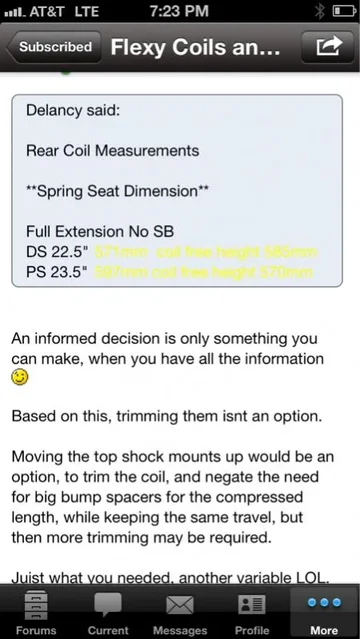If you want to work out the coil rate, [aprox]
measure height.
add 100 lb to the rear.
measure height.
add another 100lb.
measure height.
add another 100lb.
measure height.
If its on the primary rate first, it will drop more for the first section of 100 lb, than the others, when it gets to secondary, it should drop the same amount [aprox] in comparison per 100lb.
A coil maker may be able to reset the coil 25mm lower in the secondary rate, and increase the free height of the primary for you.
Spring makers will quite often change the coil after manufacture, to get it within the spec required. It can depend on the material, and design if its long lasting, but the lighter the coil usually, and the load, the more chance of success.
Looking at the coil, it looks like a 200kg constant load coil [over the cars std weight] so it will probably drop 10-12mm for every 100kg [220lb] you add to the car and the thicker top section looks like it might be a 200-220 lb coil rate, on the primary.
Given your limits in tie rod ends, and suspension arm bushes etc, and the length of the shocks you have, I would say trimming the coil, and moving the shock mounts up, to limit the bump spacer sizes, and trimming some sheet metal will be the best all round set up, if you have gone this far, to fit the wider rim offset under there.
Or, not unlike *one we are working on here now, where we are moving the suspension mounts up, so our slinky long travel kit offers 1"" lift, in the suspension, butt he height will come from the 40" MTR's, with the fenders trimmed to fit them, and longer rear control arms to move the diff back, you could cut the rear floor out, weld it in higher, then cut out the rear coil and shock mounts, and move them up too, to lower the truck 8)
*Not actual truck*
We also use the cruiser rear set ups, when we put them in 79 series utes to make them coil sprung rear.
More confused yet ???













